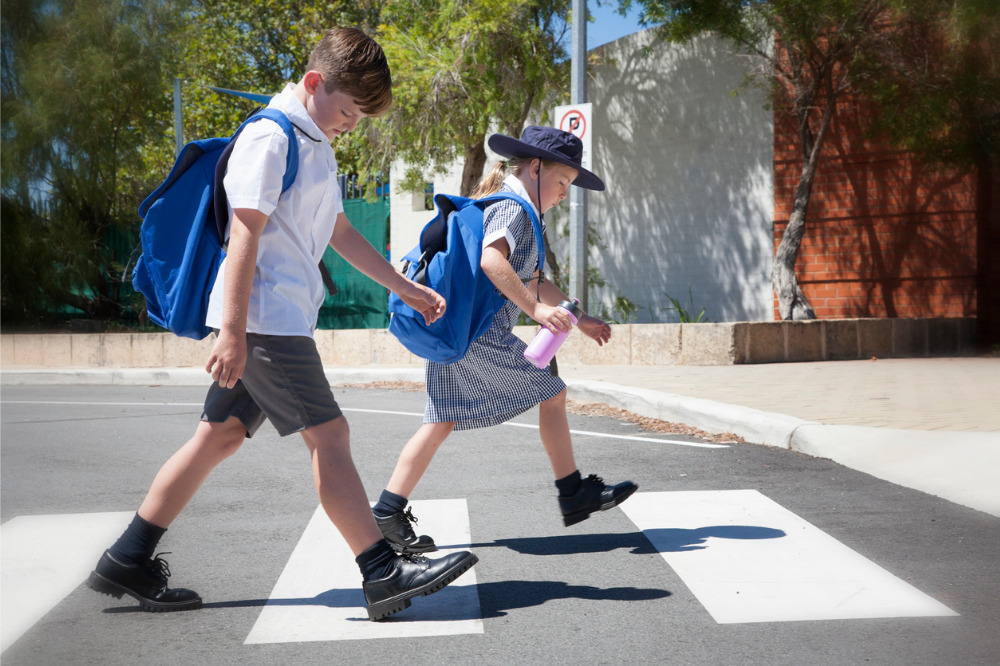
Australia’s public schools could be shortchanged more than $39bn over six years unless governments act to fix funding disparities, a new report has warned.
The research, conducted by prominent economist Adam Rorris finds that unless the Commonwealth and State Governments act to ensure that new funding agreements fix funding shortfalls, over the period 2023-28 public schools will be denied over $6bn a year, totalling nearly $39bn over six years, whilst private schools will remain overfunded by nearly $3bn.
Meanwhile, Australia’s public schools, grappling with larger classes and limited resources, increasingly struggle to support students with special needs, widening the existing socioeconomic educational gap, the report found.
Rorris critiqued current government policies, advocating for a fairer distribution of funds.
“The decline in actual funding of public schools exposes the shocking reality of neglect experienced by public schools. The current school funding agreements will leave public schools in 2028 flat-lining more than 9% below their specified SRS funding in seven out of eight states and territories.”
However, non-government schools say the data is misleading, with the National Catholic Education Commission pointing out that the 'aggregate' funding for its sector takes into account the substantial contributions made by families, which can be as high as 80% of the Schooling Resource Standard (SRS).
NCEC executive director Jacinta Collins said she acknowledged that public schools are indeed underfunded, but shifted the blame away from the federal government, suggesting that state and territory governments step up and contribute their fair share to end the misconceptions surrounding school funding.
“This response sheds light on the complex issue of school funding, debunking the 'overfunded private school' myth and emphasising the need for collaboration between various levels of government to ensure adequate funding for all schools.”
Independent Schools Australia (ISA) Chief Executive Officer, Graham Catt also expressed concerns, saying the public commentary surrounding the release of the report is “misleading”.
“The $3 billion figure quoted in a new report represents the total reduction over five years of Commonwealth funding to those non-government schools that are still in the process of moving down to their Schooling Resource Standard. By 2029 all non-government schools will have completed this transition process,” Catt said.
“Yet this five-year figure has been used in a comparison with an annual $6 billion shortfall in funding from the States and the NT. School funding is highly complex, and this commentary misrepresents the real issue and is generally unhelpful.”
“There are 688,638 students, their families, and 115,090 passionate educators in our sector. They want to see a focus on ensuring all Australian children receive the best education our nation can deliver, but they don’t understand why their schools seem to be constantly under attack.”
However, the Australian Education Union (AEU) says the crux of the issue, and the one which deserves immediate government intervention to remedy, is that the current school funding arrangements are heavily skewed in favour of private schools.
“No amount of spin from the private school lobby can change the facts that public schools are underfunded by over $6 billion a year and private schools will be overfunded by $2.9 billion over the next five years,” AEU federal president Correna Haythorpe told The Educator.
“Ninety-eight percent of private schools are funded at or above the Schooling Resource Standard now while only 1.3% of public schools are at that level. This is the reality of the current inequitable school funding arrangements that must change.”
Haythorpe added that Prime Minister Anthony Albanese “needs to take a leadership role and honour his promise to work with state and territory governments to ensure all public schools are funded to the SRS.”


